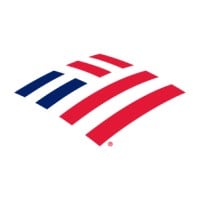
Bank of America
Bank of America is one of the world's largest financial institutions, serving individuals, small- and middle-market businesses and large corporations with a full range of banking, investing, asset management and other financial and risk management products and services. The company serves approximately 56 million U.S. consumer and small business relationships. It is among the world's leading wealth management companies and is a global leader in corporate and investment banking and trading. This LinkedIn company page is moderated. For more information, please visit: https://bit.ly/32FDdQr. For account issues, please visit: https://bit.ly/2GeTIeP.






